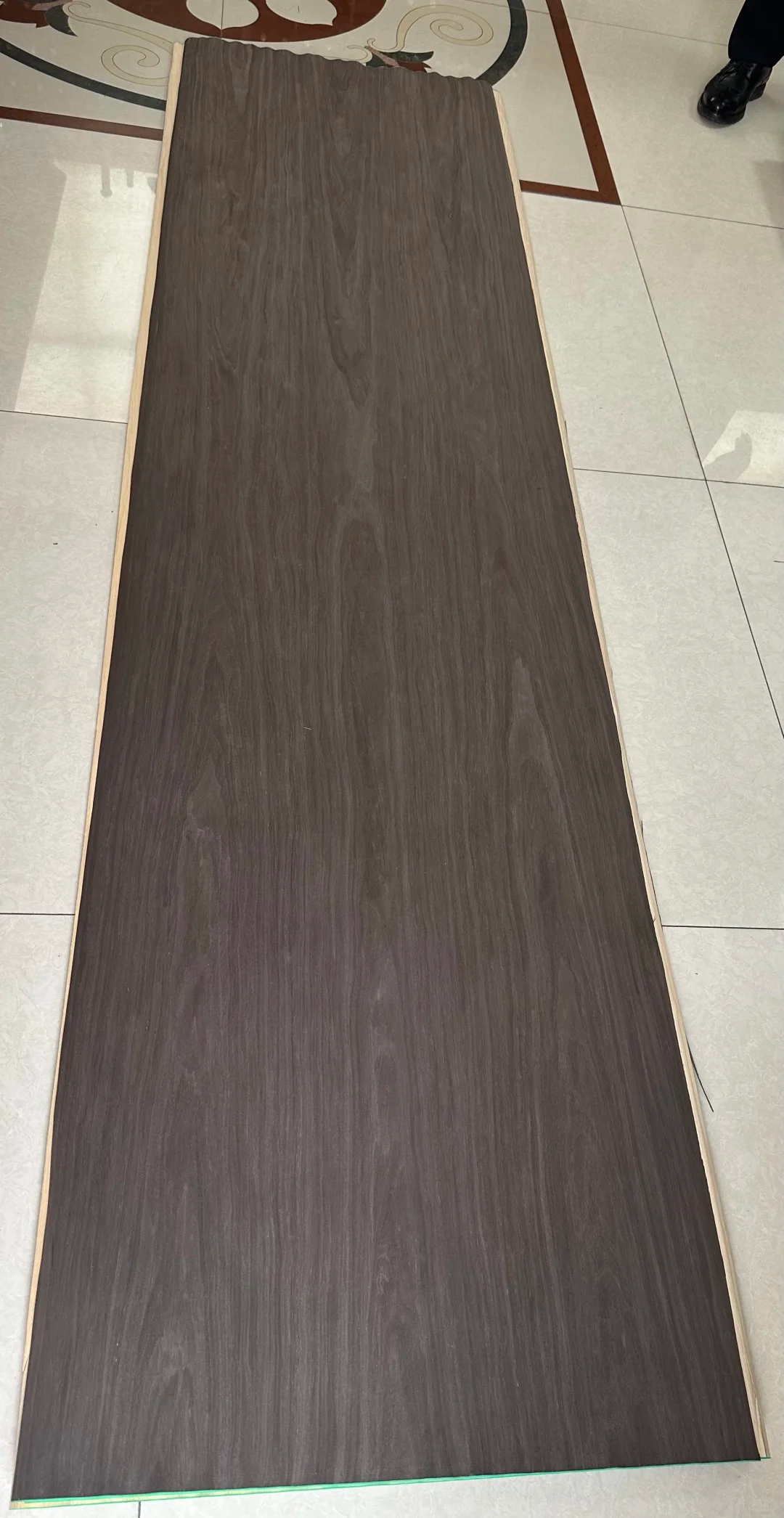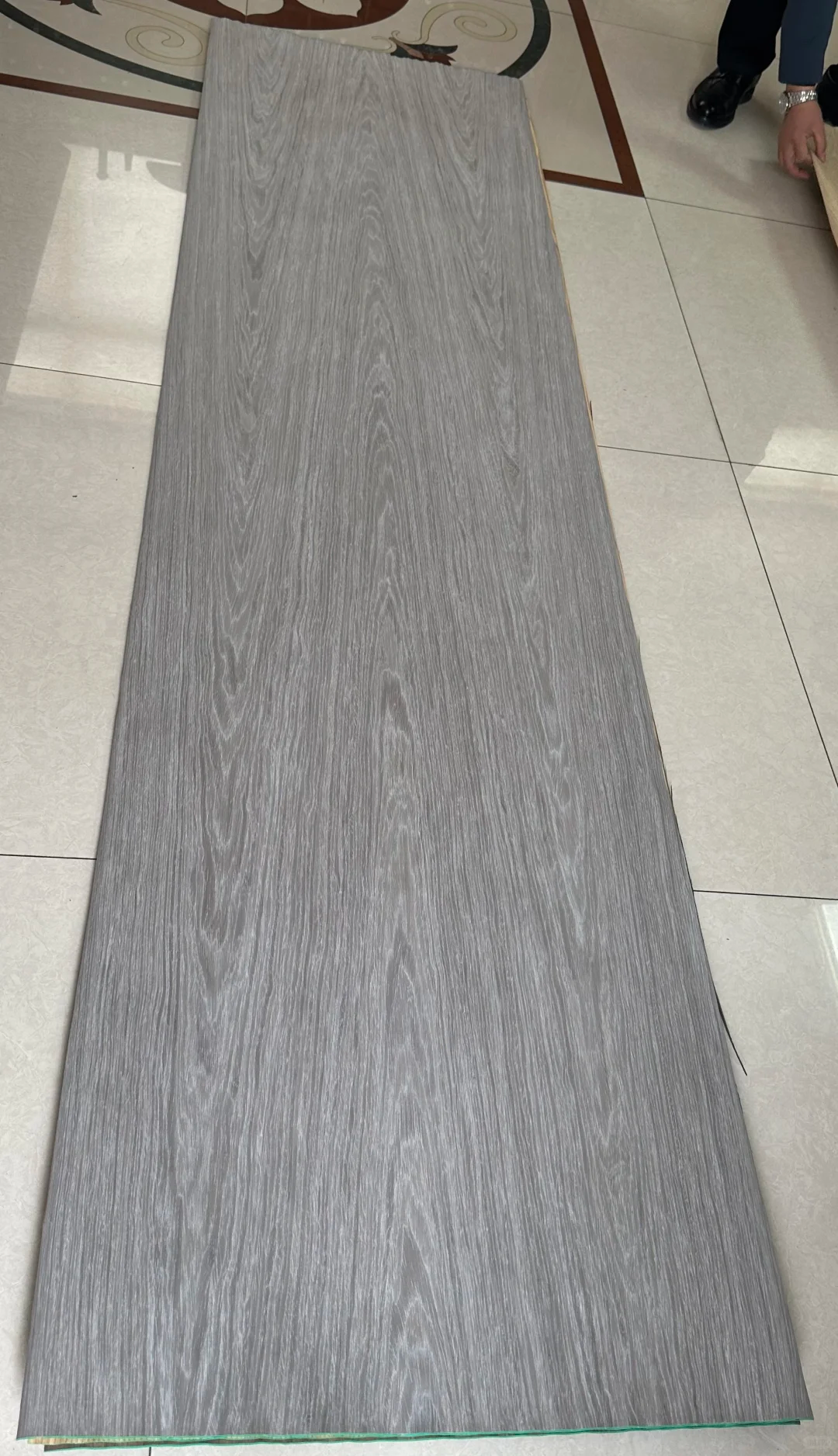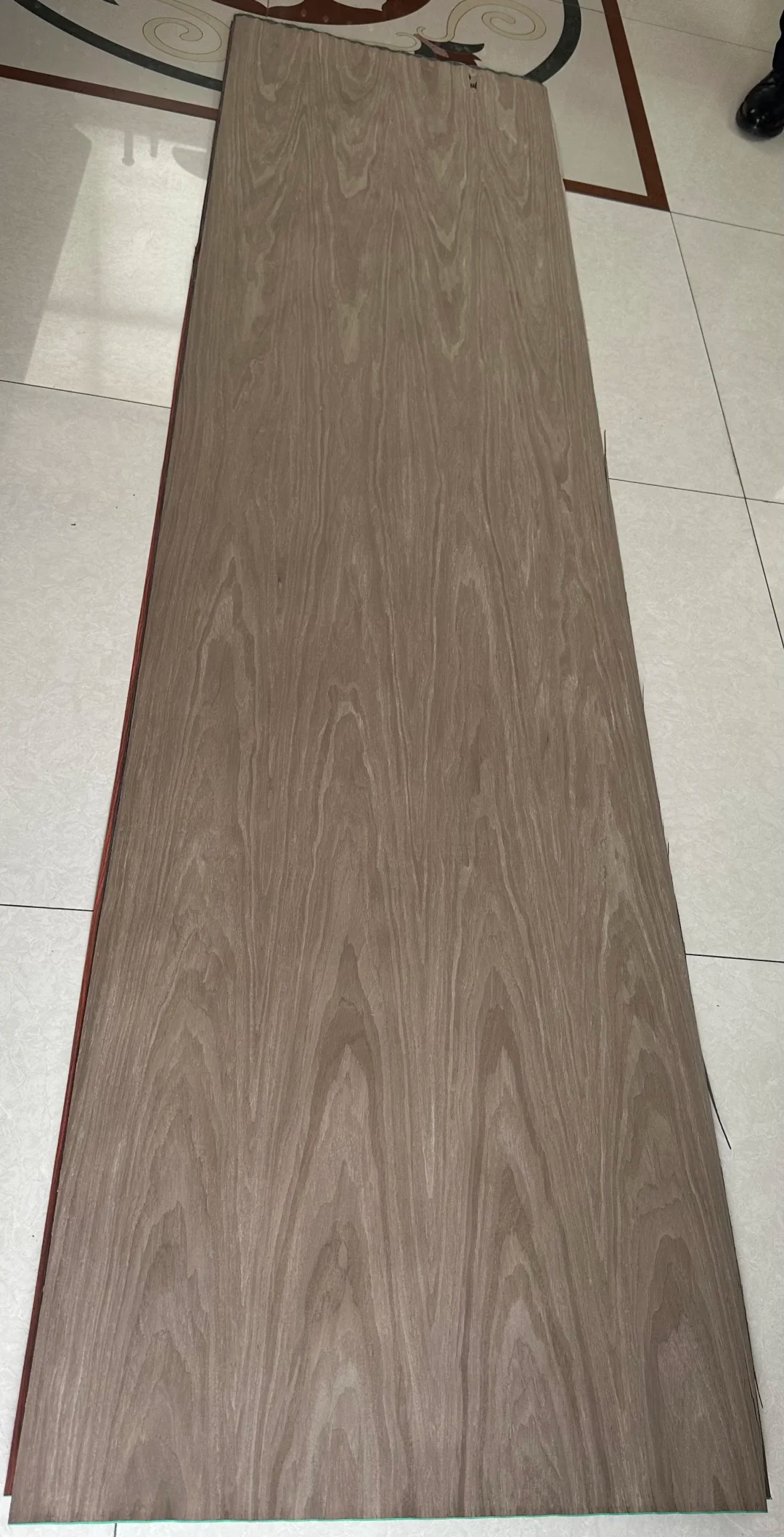
Technological Wood


 No, at least for the foreseeable few decades, Recon technological veneer (technological wood) is unlikely to completely replace natural veneer.
No, at least for the foreseeable few decades, Recon technological veneer (technological wood) is unlikely to completely replace natural veneer.
The reasons can be categorized into three main aspects: resource, design, and market.
⸻
1. Resource: Technological wood is a substitute, not an equivalent.
• Scarcity of Natural Veneer
High-quality natural woods (such as walnut burl, birdseye maple, and nanmu burl) take decades to centuries to develop their characteristic grain. The global supply of high-quality logs is declining year by year, making technological wood irreplaceable in alleviating resource constraints.
• Sustainability of Technological Wood
Technological wood uses fast-growing timber (such as poplar and eucalyptus) that is "restructured" through processes such as dyeing, splicing, and pressing. It can be harvested in 3–10 years, does not rely on rare native forests, and can be produced on a large scale. • However, engineered wood lacks the natural "unpredictability" of natural veneer.
The changes in its annual rings, color variations, and the distribution of its knots are a record of decades or even centuries of a tree's growth history. This naturally occurring "unrepeatability" cannot be fully simulated with engineered wood.
2. Design: Engineered wood is a stable tool, natural wood is a source of inspiration.
• Advantages of engineered wood: Consistency and controllability
• Mass production allows for highly uniform color and texture, making it ideal for projects requiring a consistent appearance, such as hotel projects, cabinets, and door panels.
• It can mimic the appearance of rare species (such as yellow wenge, ebony, and zebrawood) without CITES restrictions.
• The unique value of natural veneer
• Each piece is unique, allowing designers to leverage this unrepeatability to create high-end customization, such as for yachts, private villas, and luxury car interiors.
• The "random beauty" of the texture evokes emotion and storytelling, a key element of high-end luxury goods.
• Result: Engineered wood is more of an "industrial design tool," while natural wood is more of an "artistic medium." ⸻
3. Market: The two will coexist in the long term, complementing each other rather than replacing each other.
• Market Positioning of Technological Wood
• Focusing on controllable costs and stable supply, it is suitable for mid-range, high-volume engineering projects.
• For certain species that are banned or experiencing skyrocketing prices (such as Wenge, Ebony, and Huanghuali), technological wood is the most commercially viable alternative.
• Market Positioning of Natural Wood
• Recon remains a symbol of status and taste, holding an irreplaceable position in the luxury, collectible, and limited-edition markets.
• Natural wood, especially in categories that combine texture rarity with cultural stories (such as Walnut Burl, Maple Shadow, and Phoebe Burl), still commands a significant premium.
⸻
Conclusion
Recon technological veneer will not "replace" natural veneer. Instead, it will continue to expand its market share in the low- to mid-range to high-end markets, filling the gap left by scarce natural wood resources and high prices. Natural veneer, on the other hand, will firmly establish itself in the high-end custom and luxury markets. The relationship between the two is more like that between the piano and the electronic keyboard - the electronic keyboard can replace the performance in most scenarios, but in concert halls and classical performances, the piano will always have its unshakable position.
Quick View
You can check what you need
Copyright © 2023 E&R Wood Co,.Ltd All Rights Reserved. Powered By: www.300.cn SEO


 Factory: Zhouwei Village,Yanggongzhou,Shatian Town,Dongguan City,China
Factory: Zhouwei Village,Yanggongzhou,Shatian Town,Dongguan City,China 